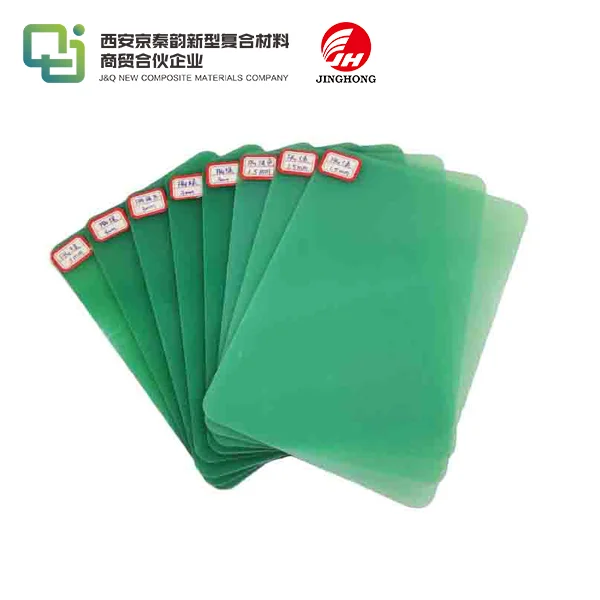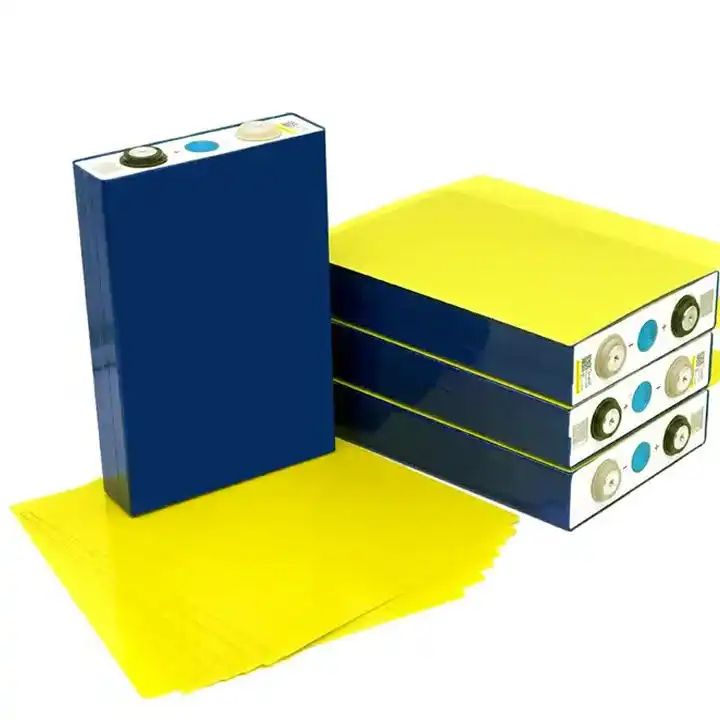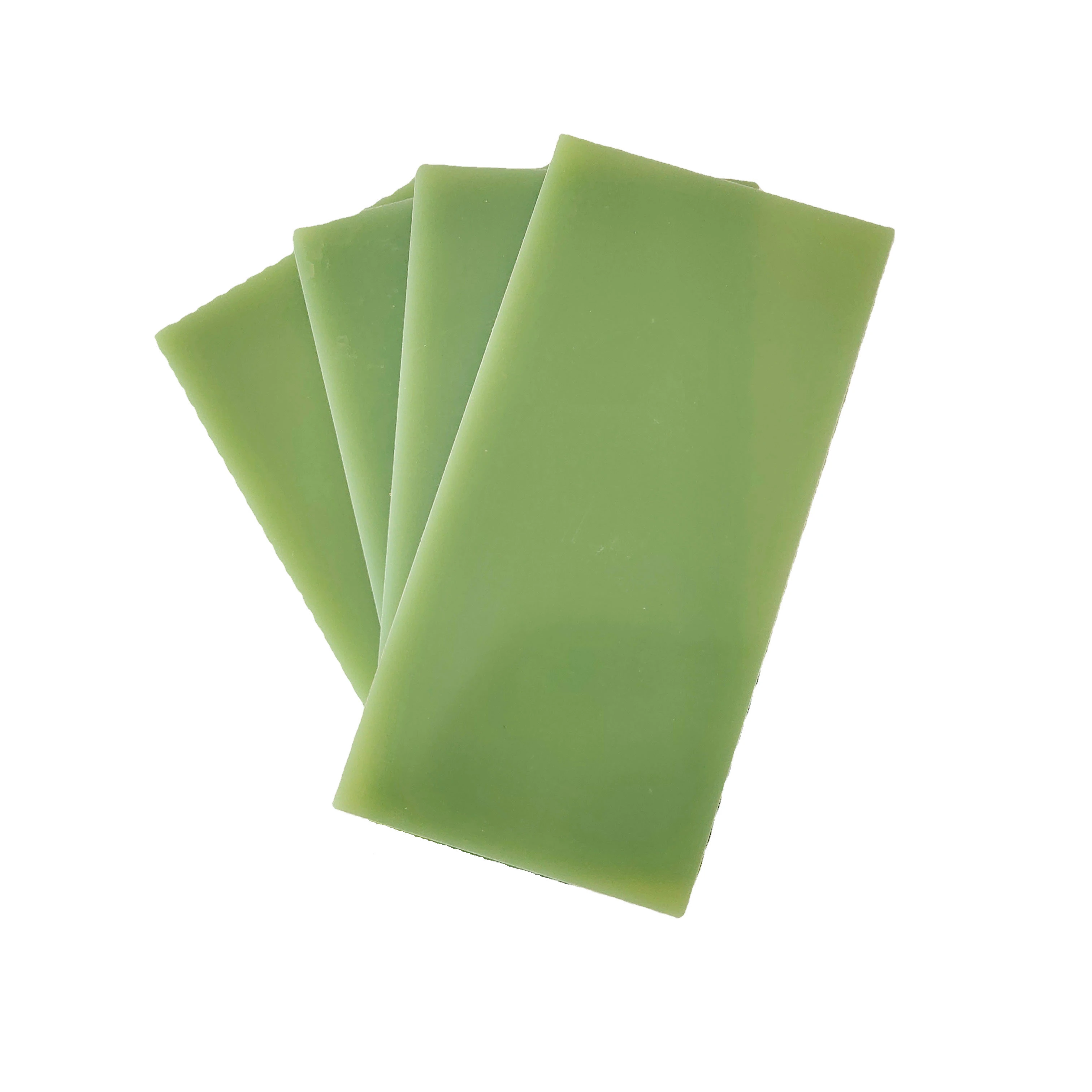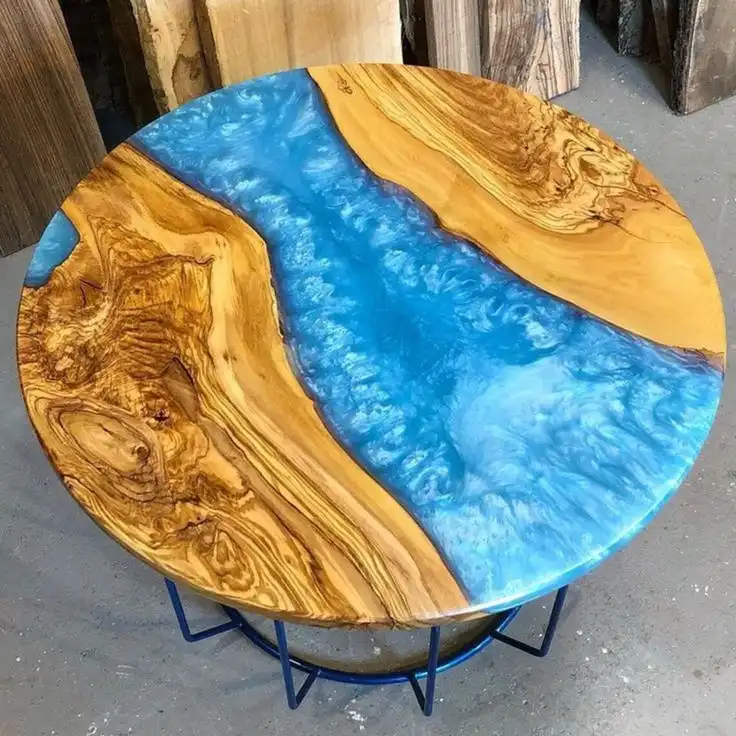FR-4 that Must be Known before PCB Printing
2023-05-05
1. FR4 sheet, also written as FR4, is both a name and a standard level
The organic substrate material used for manufacturing PCBs consists of three components: resin, reinforcing material, and conductive copper foil.
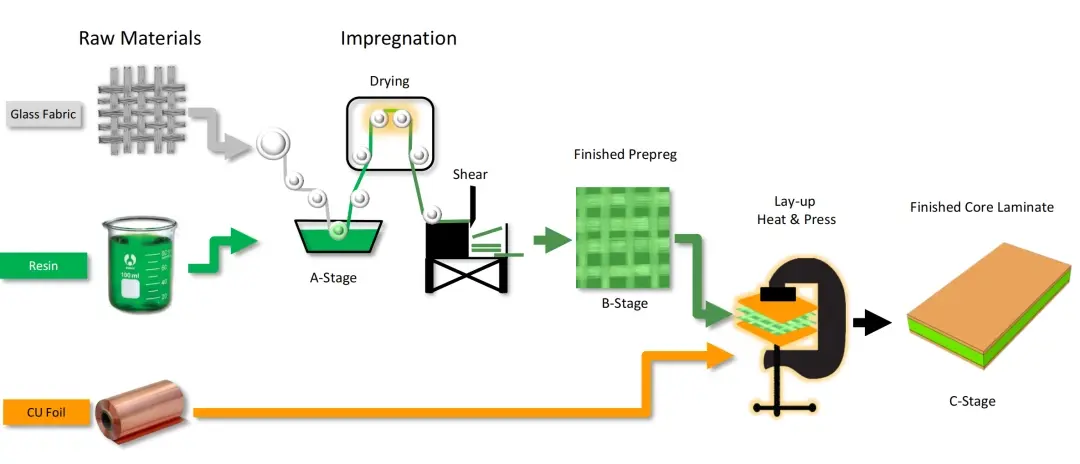
FR-4, as the name, is applicable to the use of glass fiber cloth as a reinforcing material in the manufacturing of printed circuit boards, and the resin system is a general term for epoxy resin laminated sheets. FR-4 is just a general term for a type of sheet metal. The glass fiber cloth is an electronic grade glass fiber woven into a thin, cloth like material. Glass fiber makes FR-4 have necessary structural stability. This fiberglass cloth is surrounded and bound by epoxy resin with flame retardant additives. Resins give materials rigidity and other physical properties.
The FR-4 specification is developed by NEMA (Electrical Manufacturers Association of America), and the commonly used classification of PCB NEMA substrate grades is shown in the table below
Grade | Resin | Reinforcement | Flame Retardant |
XPC | Phenolic | Fiber Paper | No, UL94 HB |
XXXPC | Phenolic | Fiber Paper | No, UL94 HB |
FR-1 | Phenolic | Fiber Paper | Yes, UL94 V-1 |
FR-2 | Phenolic | Fiber Paper | Yes, UL94 V-1 |
FR-3 | Epoxy | Fiber Paper | Yes, UL94 V-1 |
FR-4 | Epoxy | Glass Fiber | Yes, UL94 V-0 |
FR-5 | Epoxy | Glass Fiber | Yes, UL94 V-0 |
G-10 | Epoxy | Glass Fiber | No |
CEM-1 | Epoxy | Tissue Paper Glass Fiber | Yes, UL94 V-0 |
CEM-2 | Epoxy | Tissue Paper Glass Fiber | No |
CEM-3 | Epoxy | Glass Fiber Fiber Paper | Yes, UL94 V-0 |
The FR in the NEMA classification standard represents Flame Retardant or Fire Resistant, which is also known as the fire rating. Therefore, FR rated boards are all flame retardant boards, and the number "4" distinguishes the material from other materials of the same grade. 4 indicates that the resin is epoxy resin, the reinforcing material is fiberglass cloth, and the fire rating is UL94 V-0. The flame retardant grade of FR-1, FR-2, and FR-3 is UL 94V-1, and the resins and reinforcing materials used are also different.
In the 1950s, paper phenolic copper-clad substrates were introduced and widely used in electrical equipment such as radios and televisions. However, this material had low electrical insulation and was not flame retardant. At that time, there were many fire accidents caused by TV electrical failures in the United States, so NEMA divided different PCB substrate grades based on Electrical safety considerations, mainly based on the flammability, high temperature stability, moisture absorption and other indicators of the circuit board substrate, but did not specify the electrical properties of the substrate, such as dielectric constant, loss tangent and other indicators.
FR-4 is only one level in the NEMA substrate classification, representing only the material category, not the specific material. A common problem is that FR-4 is often confused with a specific dielectric, such as the FR-4 material in our simulation software, which has a default dielectric constant of 4.2 and a loss angle tangent of 0.02. However, many medium to low loss plates are also FR-4 grade materials.
2. Why is FR4 a regular board in PCB factories
The first widely used PCB boards were paper phenolic copper clad substrates, such as XPC and XXXPC, which were relatively inexpensive but non flame retardant. After the fire accidents caused by circuit failures in the 1970s, the main electrical equipment began to use flame retardant substrates. The use of paper phenolic copper clad substrates FR-1 and FR-2 with flame retardant properties gradually exceeded that of non flame retardant XPC and XXXPC substrates.
In the 1980s, multimedia portable devices began to become popular, such as Walkmans and BPMs. PCBs began to develop towards miniaturization and high-density, and the application of multi-layer PCB became more and more common, which led to the development of PCB substrates.
Although paper substrates such as XPC and FR-1 are cheaper than epoxy fiberglass fabric substrate FR-4, they are not as good as FR-4 in terms of moisture absorption, heat resistance, and mechanical strength. In the early days, paper substrates were typically used for price sensitive consumer products, while FR-4 was more commonly used for industrial products.
But as consumer devices move towards smaller, lighter, and thinner sizes, the use of FR-4 panels is also increasing. With the widespread use of PCBs with standard thicknesses ranging from 1.6 mm to 0.8 mm, the mechanical strength and moisture resistance of paper substrates have become a problem. In addition, paper substrates are not suitable for the production of multi-layer boards, and with the development of equipment miniaturization, the density of PCB wiring is increasing, and the market share of multi-layer boards is also increasing. Therefore, despite the relatively high cost of FR-4 panels, consumer products are still gradually shifting towards FR-4 panels.
Another important reason why PCB template factories widely choose FR-4 instead of using cheaper paper substrates is that paper substrates are not suitable for drilling processes, only for punching processes, while FR-4 is very easy to process.
With the continuous expansion of production capacity for materials such as epoxy resin and fiberglass cloth, the current standard FR-4 substrate is already a low-cost material with excellent mechanical properties and processability, making it highly popular among global low-cost electronic product manufacturers.
3. Performance indicators of FR-4
FR-4 substrate is an epoxy resin system, so Tg value has long been the most common indicator used to classify FR-4 substrate grades and is also one of the main performance indicators in the IPC-4101 specification.
Glass transition temperature Tg
The Tg value of a resin system refers to the temperature transition point at which a material transitions from a relatively rigid or "glass" state to a easily deformable or softened state. As long as the resin does not decompose, this thermodynamic change is always reversible. This means that when the material is heated from a room temperature state to a temperature higher than the Tg value, and then cooled below the Tg value, it can return to a rigid state with the same properties as before. However, when the material is heated to a temperature much higher than its Tg value, it may lead to irreversible phase changes. The impact of this temperature is closely related to the type of material and also to the thermal decomposition of the resin.
Generally speaking, the higher the Tg of the substrate, the higher the reliability of the material. If the lead-free welding process is used, it is also necessary to consider the thermal decomposition temperature (Td) of the substrate.
Other important performance indicators include coefficient of thermal expansion (CTE), water absorption, adhesion characteristics of materials, and commonly used delamination time tests, such as T260 and T288 tests.
4. Diversity of FR4 sheet
What are the specific distinctions between materials in this category, using fiberglass cloth as a reinforcing material, epoxy resin as the resin system, and FR-4 as the base material with a flame retardant rating of UL 94V-0?
Divide based on Tg value
The most obvious difference between FR-4 materials is the Tg value. According to the Tg temperature, FR-4 sheets are generally divided into low Tg, medium Tg, and high Tg sheets.
In the industry, FR-4 with Tg around 135 ℃ is usually classified as low Tg sheet; Take FR-4 with Tg at around 150 ℃ as a medium Tg plate;
Classify FR-4 with around 170 ℃ Tg as a high Tg plate.
If there are multiple pressing times, multiple PCB layers (over 14 layers), high welding temperature (≥ 230 ℃), high working temperature (over 100 ℃), or high welding thermal stress (such as wave soldering) during PCB processing, high Tg plates should be selected.
Divided based on losses
Ordinary loss plate (Df ≥ 0.02)
Medium loss plate (0.01<Df<0.02)
Low loss sheet (0.005<Df<0.01)
Ultra low loss sheet (Df < 0.005)

